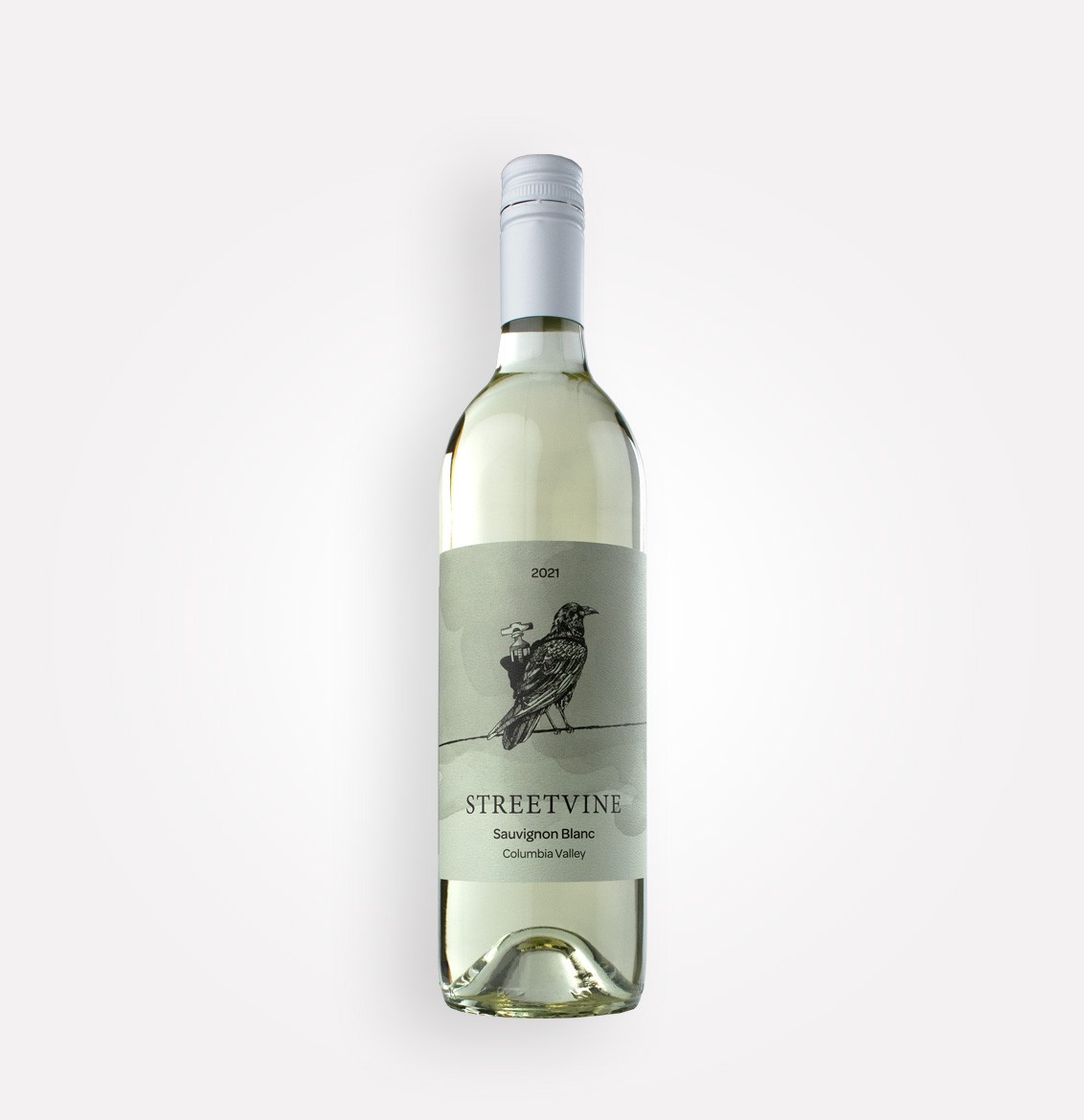Understanding terroir can help you find wines you love
Terroir defines the character of a place, and a place expresses terroir. While you’re pondering that, let’s look at more terroir in the Southern Oregon AVAs. Pinot Noir needs to stop hogging the back seat since a lot is going on south of the Willamette Valley.
Oregon wine country – Southern Oregon AVA
Southern Oregon wine country features more diverse terroir, and although still a haven for Pinot Noir, dozens of other grape varieties thrive. The Southern Oregon AVA includes the Applegate Valley, Elkton, Oregon, Red Hill Douglas County, Rogue Valley, and Umpqua Valley appellations.
While summers generally stay warm and dry and enjoy those 15 hours of daylight, this is a land of more diverse meso-climates and soils. Winters are damp and cool, with rivers and three mountain ranges playing a larger role in those cooling winds that preserve vital acidity in this warmer area. This wine region has the world’s largest diurnal shift and is home to Oregon’s highest vineyards.
The primary soils differ from the northern AVAs. They are predominantly marine sedimentary bedrock, stream sediments, and volcanic soils derived from the Cascade Mountain volcanoes and the accreted exotic terrane, Siletzia.
Umpqua Valley AVA
The theme of different terroir kicks off with a bang in the Umpqua Valley, where the mountains and rivers combine to produce a 1000-growing degree day difference between the north and south. That variation leads to the Umpqua Valley growing atypical varietals for Oregon, including Tempranillo, Albariño, and Petit Verdot. This long growing season allows for the development of complex fruit flavors in structured and well-balanced wines.
Elkton AVA
High elevation vineyards and cooling winds in the Umpqua River gorge make Elkton the coolest AVA in Southern Oregon. Clayey alluvial and river terrace soils allow for limited irrigation, and afternoon breezes off the Umpqua River create a haven for cool climate varietals that make wines lusher and fuller in style than those from the Willamette Valley.
Red Hill Douglas County AVA
With just 460 acres planted, this is a small, single-vineyard AVA sitting entirely on the iron-rich, red Jory soils developed on the basalts of the accreted Siletzia terrane. Jory soils are typically deep and sought-after wine grape growing soils, and they are notable in the Dundee Hills AVA in the north.
With less protection from the Coast Range, this is a cool area producing leaner and more structured wines than you might find elsewhere in Southern Oregon wine country.
Rogue Valley AVA
The Rogue Valley is the southernmost AVA in Oregon and includes the Applegate Valley described below. In contrast to many other areas, the Rogue Valley lies entirely on stream sediments composed of silt, sand, and gravel.
A unique aspect of the Rogue Valley is a progression of microclimates from west to east that creates conditions to very successfully grow both cool and warm climate grapes. Mountains and the Pacific create a cool climate for grapes like Pinot Noir on the west side. Moving eastward, the Rogue Valley has Oregon’s highest elevation vineyards and the state’s warmest and driest conditions. Warm weather-loving, later ripening varietals like Merlot and Cabernet Sauvignon are grown here and produce rich, full-bodied wines with ample ripe fruits.
Applegate Valley AVA
Stream sediments from the Applegate river are prominent here, with the Klamath and Siskyou Mountains protecting them from Pacific winds and rain. Hot days and cool nights abound here. Deep and well-drained soils grow full-bodied wines from Bordeaux and Rhone varietals, including Merlot, Cabernet, and Syrah.
Learn more about Oregon wine country and Oregon wines
5 Oregon winemakers to know for Oregon Wine Month
10 things we love about Oregon wine country
We’re enjoying Oregon sparkling wine
Oregon Chardonnay’s engaging styles
Guide to cool climate viticulture
Let them drink Oregon Pinot Noir!
Delight is in the details – Northern Oregon terroir
Delight is in the details -Oregon terroir on the edges
Perspectives on Oregon and Bourgogne wines





